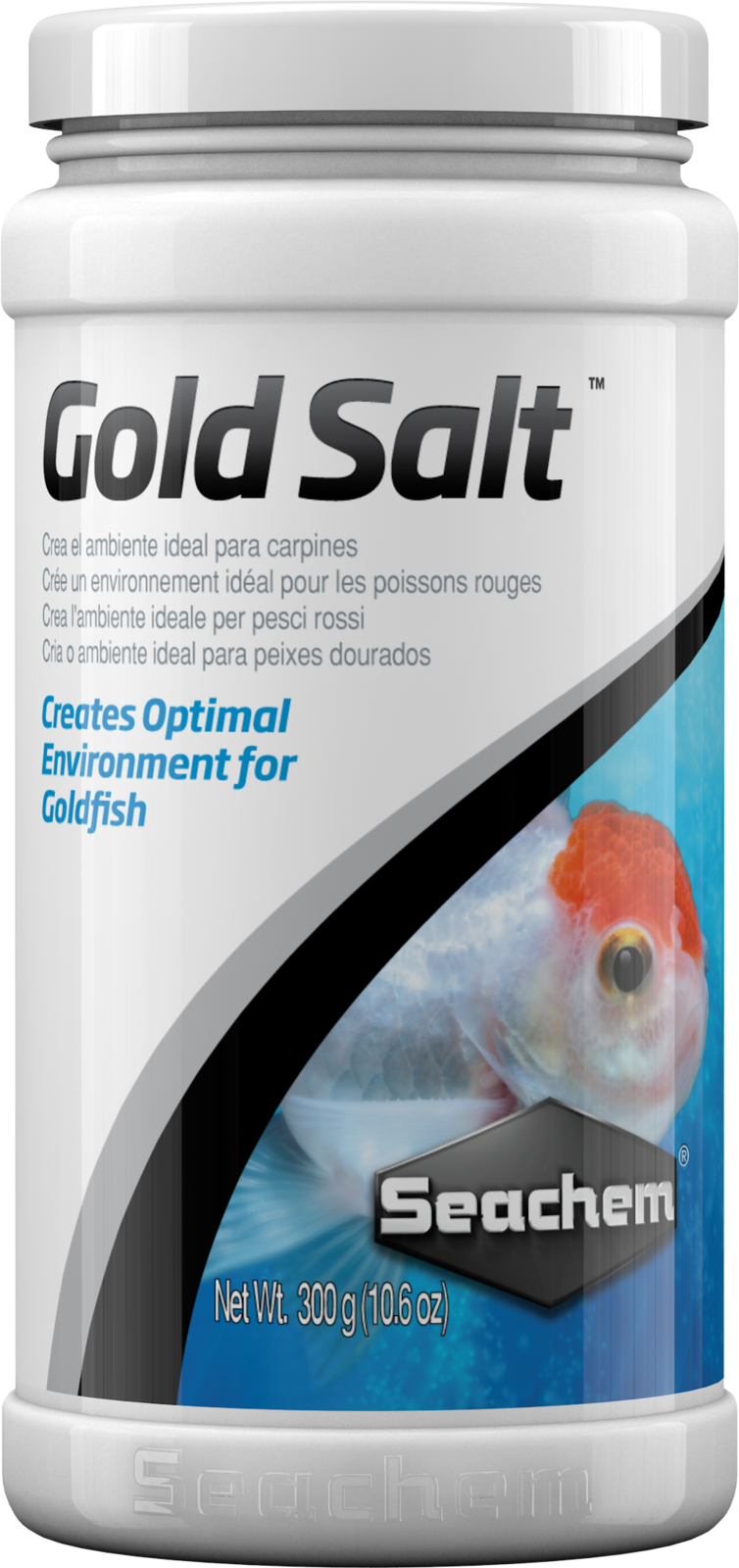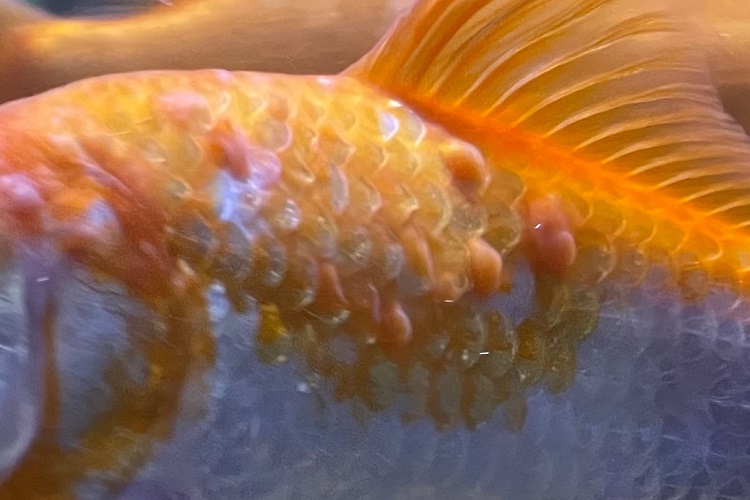

This type of tumor causes localized skin and fin lumps that grow large, fall off, and then regrow. Neurofibroma Neurofibroma is a tumor commonly associated with goldfish. Add a little bit of aquarium or plain Epsom salt into the water. It also prevents the goldfish’s electrolytes from seeping out into the water, thereby helping prevent stress as well.Īquarium salt helps to promote slime coat production, which gives your goldfish that extra boost in defense against illnesses and parasites. Try antibiotics like minocycline or kanamycin at first. You need to add 1 tablespoon of salt per 3 gallons of aquarium water. This coat is a secreted mucoprotein that contains antibodies and enzymes that help your goldfish fight parasites, diseases, infections, and fungal pathogens. This is how you begin with your salt treatment. API Pimafix Fish Fungal Infection Treatment. The slime coat is that lovely slippery, slimy layer that covers the body of your goldfish. Find fish disease treatments, aquarium supplies & more at PetSmart. Adding aquarium salt will provide the electrolytes that your goldfish needs and will help reduce the stress, which will then assist your fish in managing the appropriate amount of carbon dioxide and oxygen necessary. It can prevent the gills from working properly, which might result in your goldfish going into osmotic shock. When your goldfish is experiencing stress, it will lose electrolytes, which can cause serious health issues for your goldfish. Tiny amounts of salt are continuously exiting the goldfish’s body into the water, and the fish is continuously reabsorbing small quantities of salt back into its cells from the water.

Goldfish have electrolytes, or a balance of water and salt in their cells, which is usually a higher level of salt than what is found in the surrounding water. It might seem strange that adding salt into a freshwater tank would benefit rather than harm a goldfish, but it does have multiple advantages. Why is Aquarium Salt Beneficial for Goldfish? Non-iodized rock salt and kosher salt can also be used, as long as they don’t have any iodine or added chemicals for anti-clumping. Aquarium salt can be found in local pet stores or online.Īny salt that does not contain additives or chemicals can also be used. Raise salinity by 0.1 every 12 hours, dissolve salt before adding it to the aquarium and replace salt you remove during water changes. Table salt is typically mined from salt deposits found underground and is heavily processed in order to eliminate minerals and contains chemicals (calcium silicate) to prevent clumping and additives like iodine.Īquarium salt is made from the process of evaporating seawater, and the salt that’s left is perfect for freshwater aquariums, particularly because it does not contain any chemicals or additives. We can only assume that most of you are familiar with aquarium salt, but for those of you newly embarking on your fish-keeping experience, we’ll break it down for you.įirst of all, what it isn’t is table salt. This guide should benefit both experienced and beginner fish keepers to find the right dosage that will get your goldfish back to optimum health. We will also discuss aquarium salt as a permanent treatment versus using it only when necessary. We’ll look at the process of adding salt to your aquarium versus a salt dip for your goldfish. If you’ve never used aquarium salt in a freshwater aquarium before, we will take you step-by-step through the process so your goldfish will feel like its old self before you know it. However, aquarium salt is an all-natural solution that can help your goldfish recover.

L' x W' x AD' x 7.You’ve probably discovered that there are several methods for helping cure your sick goldfish-powdered or liquid medications and water treatments. Square or rectangular garden ponds without plant shelves: L' x W' x AD' x 5.9 = gallons in the pond Use 1-1/4 cups non-idiozed salt (.1%) per 100 gallons with all pond plants except for water lilies, lotus, hyacinth, and lettuce. To monitor salinity levels, salt test kits or salinity meters are available. Use 1-1/4 cups non-idiozed salt (.1%) per 100 gallons with all pond plants except for water lilies, lotus, hyacinths, and lettuce. Use 1/2 cup non-iodized salt (.06%) per 100 gallons when water lilies, lotus, hyacinths, and water lettuce are present. Best to cover container to keep fish from jumping out. Put the infected fish in this salt bath for 5 to 10 minutes. Using a clean container, fully dissolve 2-1/2 cupsof pond salt in 10 gallons of pond water. Many external parasite infestations and fungal infections can be eradicated with a short-term salt bath. Salt adds electrolytes to the water, which is essential for the uptake of oxygen and release of carbon dioxide and ammonium across the gill cell membranes, which reduces fish stress. Parasites become more prominent during winter/spring when the fish's immunity is lower.


 0 kommentar(er)
0 kommentar(er)
